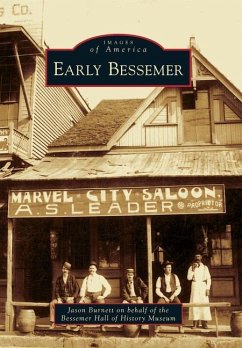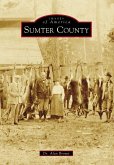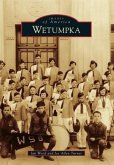In 1887, iron and steel magnate Henry Fairchild DeBardeleben founded Bessemer and named it for English inventor Sir Henry Bessemer. DeBardelebens dream was to make the city a steel center that would attract companies and people from all over the United States. Bessemer, like nearby Birmingham, is located within a few miles of all raw materials needed to make steel (coal, limestone, and iron ore). DeBardeleben bought 4,040 acres of land and marked off blocks for the town along Alabama Great Southern Railroad lines. With $2 million in starting capital, he built several blast furnaces for his coal and iron company. Within three years, Bessemer was Alabamas eighth largest city. The population grew so rapidly that Bessemer was nicknamed The Marvel City. The town quickly developed a thriving business district, beautiful neighborhoods, recreations ranging from parks to boating and dances at Westlake, and industries that spread iron, coal, and railcars across the nation.
Hinweis: Dieser Artikel kann nur an eine deutsche Lieferadresse ausgeliefert werden.
Hinweis: Dieser Artikel kann nur an eine deutsche Lieferadresse ausgeliefert werden.








